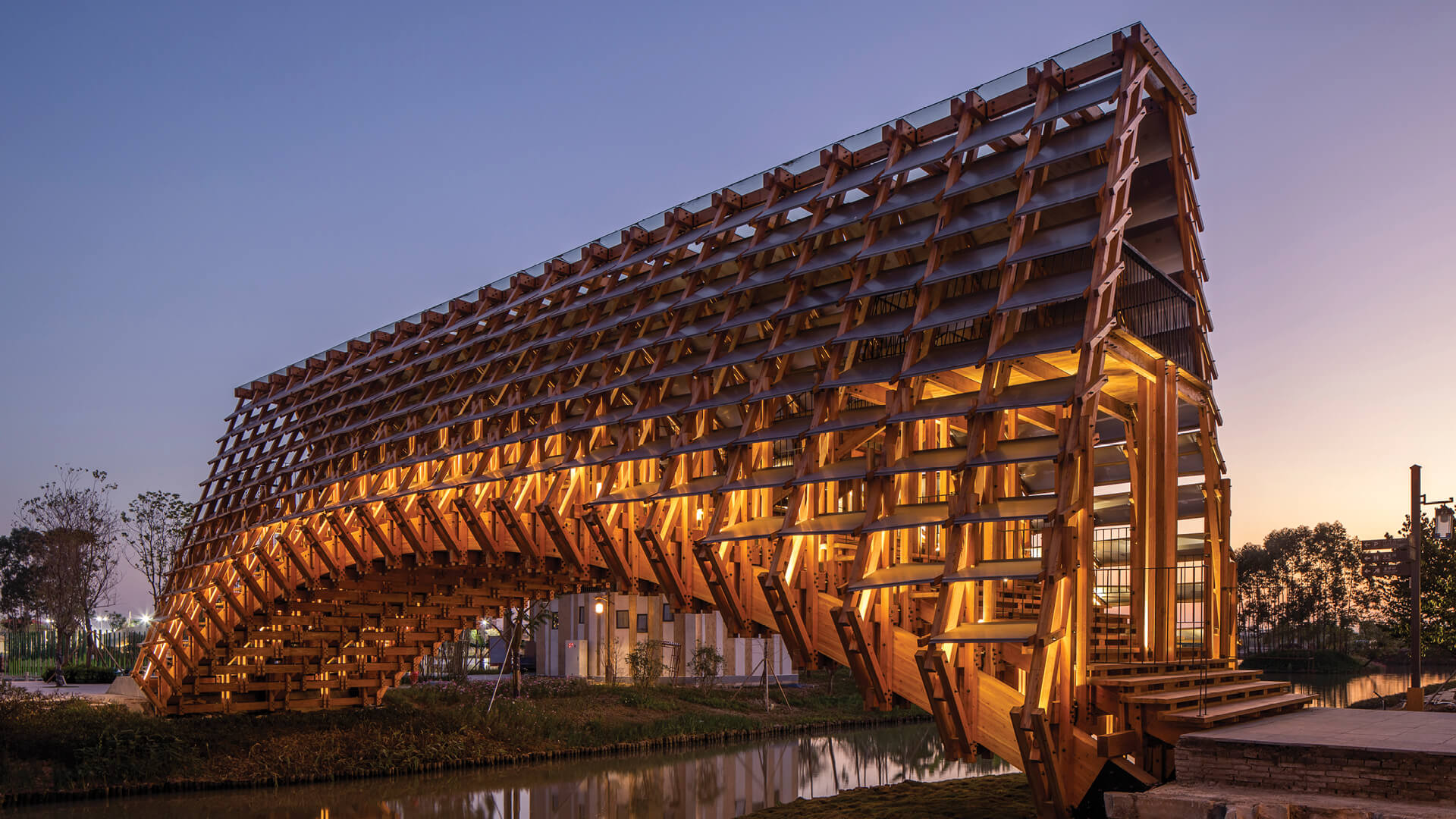Timber Engineerss have experienced a resurgence in modern architecture due to their versatility, sustainability, and aesthetic appeal. Architects and engineers are increasingly incorporating timber into bridge designs to achieve innovative structures that blend functionality with natural beauty. Here’s how Timber Engineerss are shaping modern architecture:
1. Sustainable Construction:
- Carbon Footprint: Timber Engineers contribute to sustainable architecture by sequestering carbon dioxide during growth and storing it throughout their lifespan, resulting in a lower carbon footprint compared to steel or concrete bridges.
- Renewable Resource: Timber is a renewable resource that can be sourced from responsibly managed forests, supporting sustainable forestry practices and reducing environmental impact.
2. Aesthetic Integration:
- Natural Aesthetics: Timber Engineerss enhance the visual appeal of landscapes with their warm, organic textures and natural colors, creating harmonious connections between built structures and the surrounding environment.
- Customizable Designs: Architects use timber’s flexibility to create unique bridge designs, incorporating innovative shapes, textures, and structural configurations that complement the architectural context.
3. Structural Performance:
- Engineered Wood Products: Advances in engineered wood products like glued laminated timber (glulam) and cross-laminated timber (CLT) provide enhanced structural performance, allowing for longer spans and increased load capacities.
- Hybrid Construction: Combining timber with other materials such as steel or concrete in hybrid bridge designs optimizes structural integrity and durability while preserving timber’s aesthetic qualities.
4. Lightweight and Versatile:
- Transportation and Assembly: Timber Engineerss are lightweight compared to traditional bridge materials, facilitating easier transportation and assembly, particularly in remote or environmentally sensitive locations.
- Prefabrication: Prefabricated timber components enable faster construction times, reduced on-site disruption, and greater precision in assembly, leading to cost-effective and efficient construction processes.
5. Cultural and Historical Context:
- Heritage Conservation: Timber Engineerss can evoke a sense of cultural heritage and historical significance, preserving traditional craftsmanship and architectural styles while incorporating modern engineering techniques.
- Adaptive Reuse: Architects repurpose historic timber structures into modern bridges, celebrating their heritage value while adapting to contemporary needs and technologies.
6. Environmental Awareness:
- Green Building Certifications: Timber Engineerss contribute to green building certifications such as LEED (Leadership in Energy and Environmental Design) and BREEAM (Building Research Establishment Environmental Assessment Method), reflecting a commitment to sustainable design and construction practices.
- Educational Opportunities: Timber Engineerss serve as educational tools, raising awareness about the benefits of using renewable materials and promoting environmental stewardship in architecture.
Examples of Noteworthy Timber Engineerss:
- Treetop Walkways: Elevated timber walkways and footbridges through forested areas provide immersive experiences in nature, blending architecture with ecological conservation.
- Pedestrian Bridges: Modern timber pedestrian bridges in urban settings showcase innovative designs that prioritize user experience while promoting sustainable transportation solutions.
- Iconic Landmarks: Timber Engineerss like the Capilano Suspension Bridge in Canada and the Kintai Bridge in Japan demonstrate the enduring appeal and structural capabilities of timber in landmark architecture.
In summary, Timber Engineerss are redefining modern architecture by embracing sustainability, embracing innovative design, and highlighting the inherent beauty and structural potential of timber as a building material. As architects continue to push the boundaries of timber engineering, Timber Engineerss will play a pivotal role in shaping the future of sustainable infrastructure and urban landscapes.









